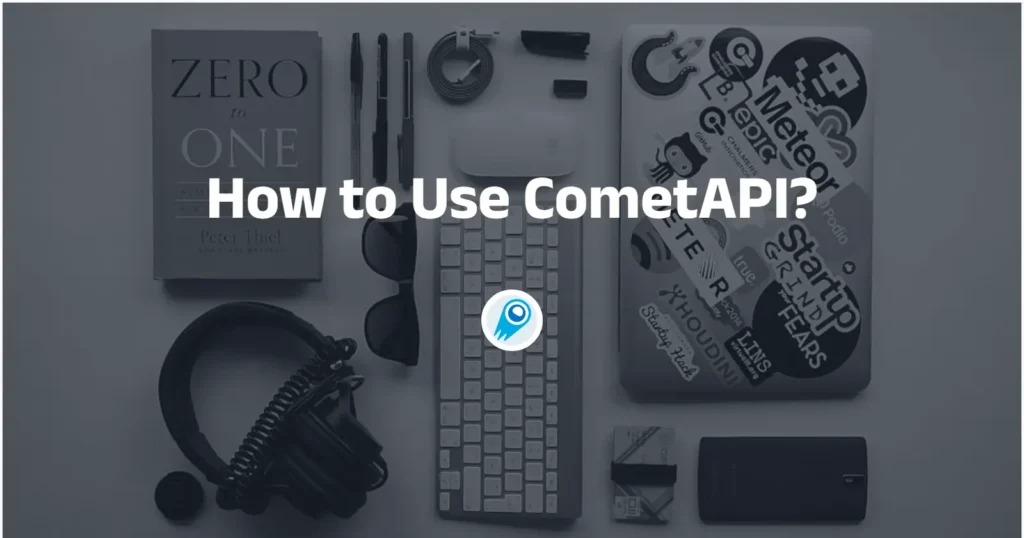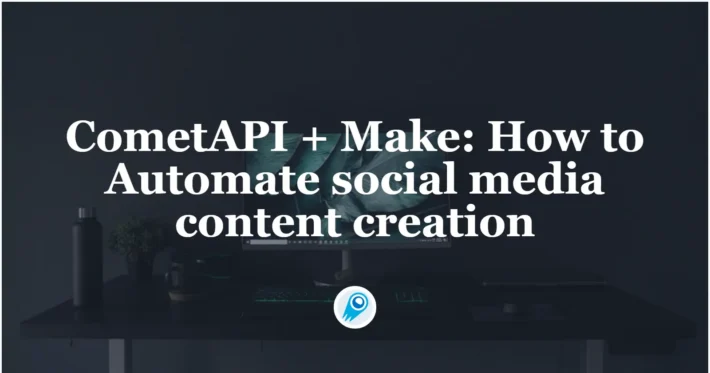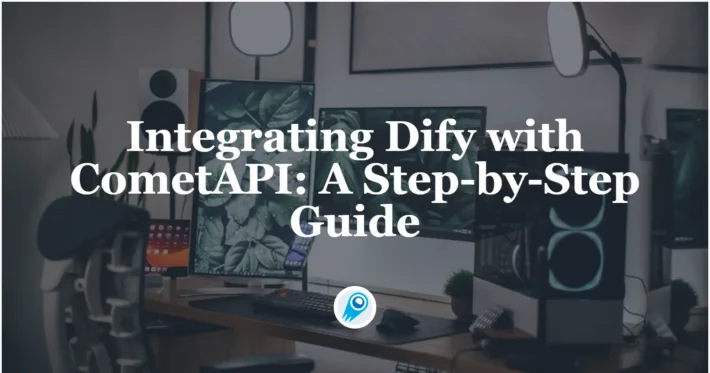How to Use CometAPI? A Beginner’s Guide

CometAPI is a commercial API-aggregation platform that gives developers unified, OpenAI-style REST access to hundreds of AI models from multiple vendors — text LLMs, image/video generators, embeddings, and more — through a single, consistent interface. Instead of wiring separate SDKs or bespoke endpoints for OpenAI, Anthropic, Google, Meta, or smaller specialized model providers, CometAPI lets you call different models by changing model strings and a few parameters.
Why is that useful? Many teams build products that need fallback models, capacity bursts, or cost-optimized model selection. An aggregation layer simplifies provider lock-in, routing, and billing — shifting the work of juggling model endpoints from your product code to the aggregation platform.
What can you do with CometAPI?
What capabilities are available (text, images, audio, embeddings, fine-tuning)?
CometAPI exposes the same categories of AI capabilities you’d expect from provider APIs:
- Text / Chat completions (chat assistants, summarization, Q&A).
- Image generation (text→image models such as Midjourney, Stable Diffusion variants).
- Embeddings (semantic search, clustering, RAG pipelines).
- Audio (text-to-speech and speech recognition where the model supports it).
- Fine-tuning (provider and model dependent—some models support custom fine-tuning).
- Multimodal requests (models that accept text + images).
Because CometAPI routes to the chosen provider/model, the precise feature set depends on the model you choose (for example, Gemini may handle multimodal inputs; Midjourney focuses on images). Use the per-model documentation in CometAPI’s model catalog to confirm capabilities and limits.
Support Workflow Automation Platforms
CometAPI is already integrated with pproximately fiftylow-code/no-code automation platforms and workflow tools that teams use to stitch AI into business processes. Please refer to the integration documentation for details: you will find integration solutions for cursor, cline, zapier, and others:
- Zapier: CometAPI has actions/triggers that let you generate AI responses inside Zaps and connect to thousands of apps (Slack, Gmail, Google Sheets, CRM systems). This is useful for non-engineering automation of reporting, routing, or simple chatbots.
- n8n: Verified nodes let you use CometAPI inside n8n workflows to connect AI calls with databases, CRMs, and message platforms. n8n lists CometAPI as a maintained, verified integration.
- Make (formerly Integromat), Pipedream, Activepieces: CometAPI announcements and community connectors exist for these platforms, enabling integration with Google Sheets, Slack, GitHub, and many more via prebuilt workflows.
These integrations allow product, marketing and ops teams to embed AI outputs into everyday workflows without writing a full backend.
What developer tooling integrations exist?
- GitHub / CI workflows: community posts and examples show CometAPI used inside GitHub Actions for tasks such as code generation, test orchestration and automated PR comment generation. (Search community repos and examples for templates.)
- IDE plugins / assistants: the CometAPI GitHub org shows projects (e.g., code assistants for VS Code/JetBrains) that integrate CometAPI as a provider option, enabling inline code completions and assistant features.
- Observability / monitoring integrations: platforms like Langfuse provide tracing/observability for applications that call external model providers; guides exist for integrating CometAPI with observability tools to capture prompts, responses and costs.
How do I get started with CometAPI?
Getting started with CometAPI follows the familiar pattern used by most modern API platforms: create an account, obtain an API key/token, read the docs, and make a first request. The platform also publishes quick-start guides that show how to mimic common patterns (for example, an OpenAI-style chat API) so you can port existing integrations quickly.
Step 1 — Sign up and obtain credentials
- Create an account on CometAPI’s site (their landing page contains signup and “get API key” flows). Many pages advertise an instant free token/promo for trying the service.
- After registering, you will receive an email—please remember to open it. The email contains a redemption code for free trial credits (currently $1), part of a CometAPI promotion for new users. Developers can use the bonus credits to try the service before deciding whether to recharge.
- You need to create a API key in the dashboard before using API. Sign into your CometAPI console. Get the access credential API key of the interface. Click “Add Token” at the API token in the personal center, get the token key: sk-xxxxx and submit.

Step 2 — Read the docs and pick a model
CometAPI exposes many models and often makes available quick examples for the most popular ones (GPT-style chat, image generation, video generation). The docs show model names, capabilities, and recommended request formats. Because different vendors implement slightly different parameter and prompt semantics, CometAPI’s abstraction attempts to provide a normalized surface while still passing vendor-specific options where needed.
Step 3 — Make a simple request (example)
CometAPI often supports request formats very similar to the common OpenAI Chat API shape, so porting code is straightforward.This Text Models:
curl
--location
--request POST 'https://api.cometapi.com/v1/chat/completions' \
--header 'Authorization: Bearer {{api-key}}' \
--header 'Content-Type: application/json' \ --data-raw '{ "model": "gpt-5-mini", "messages": [ { "role": "user", "content": "Hello!" } ], "stream": false }'Conclusion — Why CometAPI matters today
CometAPI addresses a real pain point: the operational complexity of using multiple competing AI providers. By offering a single, OpenAI-compatible gateway to hundreds of models, CometAPI accelerates experimentation, centralizes billing and key management, and lets product teams focus on delivering value instead of wiring SDKs.



